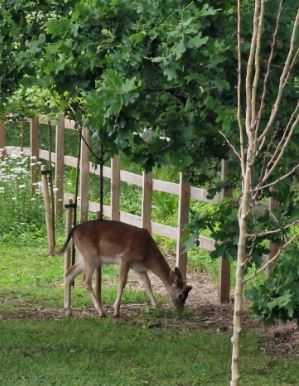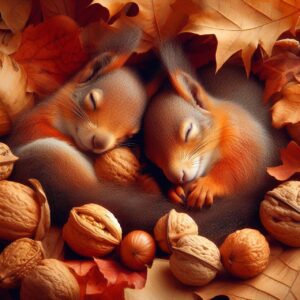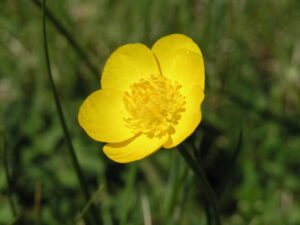Deer oh Deer
Here at Rockingham Forest Park, we are avid spotters of our deer friends. They tend to be quite shy, so it is always a treat when they grace us with their presence.
Muntjacs, also known as barking or rib-faced deer are small deer of the genus Muntiacus native to south and southeast Asia. They are stocky, roughly the same size as a medium dog, with gingery-brown hair, dark stripes on the face and small single-pointed antlers.
Roe, our most common native deer are slender, medium-sized with short antlers and no tail. The easiest spot is the pale white rump flashing as it acrobatically bounds through the trees
Both of these species love to forage woodlands, wetlands, and farmland, making our environment perfect for them. They are primarily a woodland species but will venture out to feed and can sometimes be seen in urban green spaces, provided there is cover to hide in and limited disturbance from humans.
At least seven species of Muntjac are known, from Pakistan to China. Two species were actually introduced into the UK, but the one that got cosy here is the Reeves’ Muntjac.
Muntjac are browsers and feed on ivy, bramble, coppice shoots, flowers, and seeds, also fruit, nuts, dried leaves and fungi. They can be a bit naughty and strip bark from the trees too!
Roe deer tend to stick to the wooded areas for their food and shelter. They are most active at twilight so if you want to observe them, that is when you should be on the lookout!
Roe consumes a variety of different foods with grass being one of their favourites. They also eat leaves and shoots from the trees and during certain seasons look forward to the fruit that grows on them.
*Fun fact, Roe deer are grass snobs! They won’t consume grass other animals have been on. If they find it unclean, they will rather walk away, even if they are struggling to find food and extremely hungry. Roe deer are known to make sounds similar to those of a dog when they feel in danger*
Their appearance changes throughout the year with their bright red-brown fur in summer fading to a duller shade of brown in the winter. Adult males, known as bucks, have small antlers with up to three points which they shed and regrow each year.
Enjoy the many walks a short journey from and surrounding Rockingham Forest Park, you may be lucky enough to spot one of these magnificent creatures in their natural habitat. It is always a breathtaking sight, whether it be a fleeting or lingering one.
Enjoy!
written by Faye McGregor









